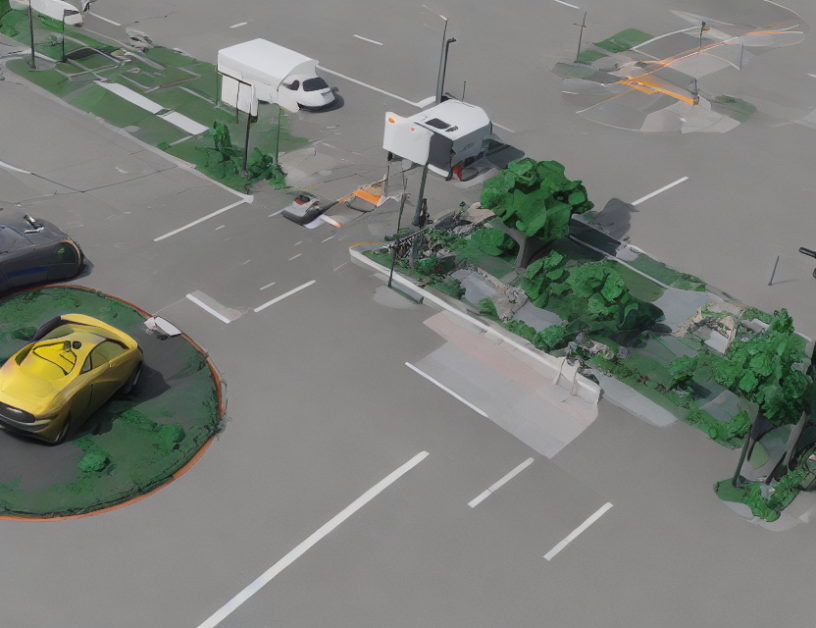In this article, the authors discuss various approaches to surface normal estimation, which is a crucial task in computer vision for tasks such as autonomous driving. They provide an overview of three popular methods: "Three-Filters-to-Normal," "D2NT," and "SDA-SNE."
- Three-Filters-to-Normal: This method uses a series of filters to estimate the surface normal of a point cloud. The authors compare this method to other state-of-the-art methods and show that it is both accurate and fast.
- D2NT: This method uses a simple and efficient algorithm to estimate the surface normal from a depth image. The authors demonstrate its high performance in various scenarios.
- SDA-SNE: This method uses a spatial discontinuity-aware approach to estimate the surface normal. It takes into account the spatial discontinuities in the data, resulting in improved accuracy compared to other methods.
The authors also discuss the importance of accurate surface normal estimation for tasks such as object detection and segmentation, and highlight some challenges in this field. They conclude by emphasizing the need for further research to improve the accuracy and efficiency of these methods.
In summary, this article provides a comprehensive overview of various methods for surface normal estimation and their applications in computer vision. It highlights the importance of this task and identifies areas for future research.



